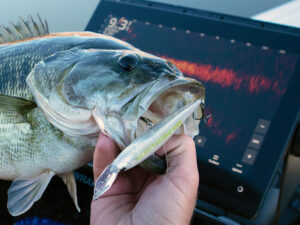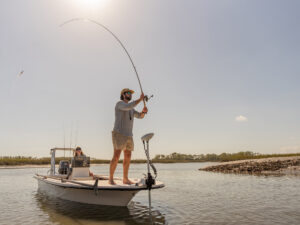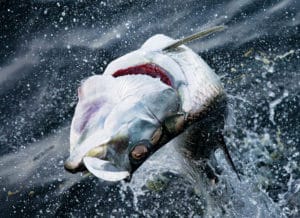Before you go overboard filling all those slots in your tackle box, start with a plan based on basic inshore lure types and their purpose. Lures imitate fish food, and as such, you’ll need to cover the bases, from the surface to the bottom, to successfully imitate the range of forage that may make up your target quarry’s diet on a particular day.
Lipped plugs provide swimming, diving action, swimming deeper the faster they are retrieved, imitating a range of baitfish. Surface plugs lure predators keyed on shallow swimming or surface-feeding baitfish. Crankbaits swim through the middle part of the water column with an erratic or steady action: that’s up to you. Lead-head jigs with a plastic tail, perhaps one of the most versatile lures, prowl the bottom when fished slowly; with a steadier, faster retrieve they’ll swim mid-level, imitating either shrimp or baitfish. And the venerable white bucktail jig adapts to bottom crawling, hopping off the bottom, or swimming and darting like a baitfish.
With these five types of inshore fishing lures you’ll be able to approach a day on the water with confidence.
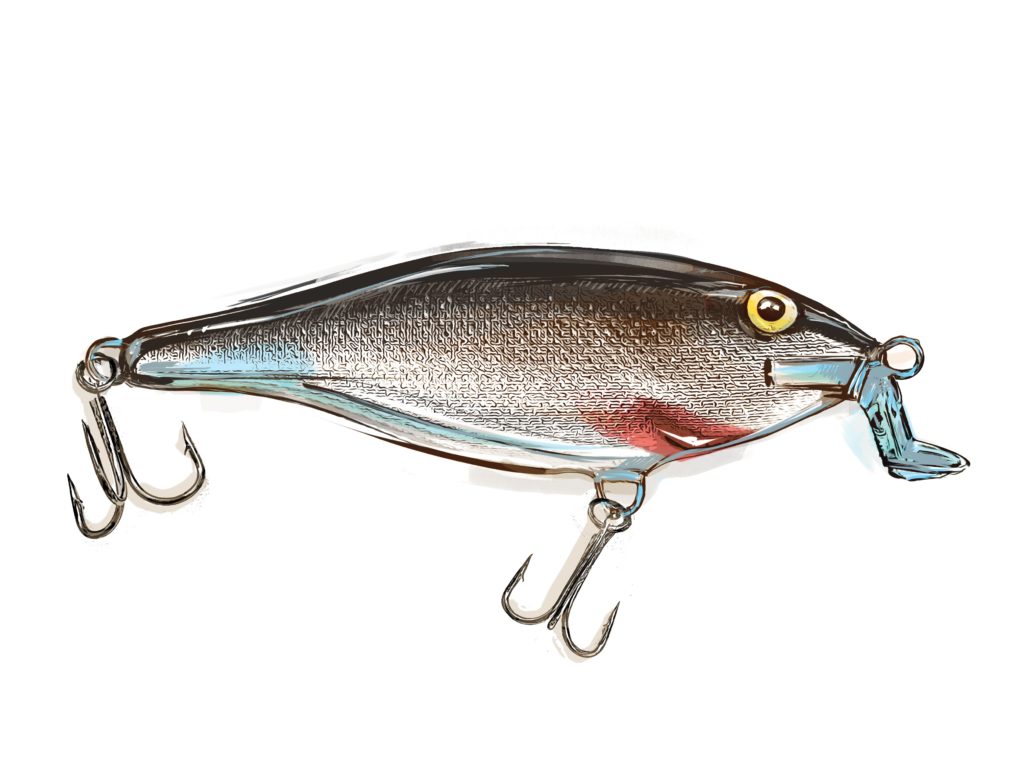
Lipped Plug
In a survival-of-the-fittest world, a lipped plug, whether trolled or cast, presents as unfit to succeed, and predators are notorious for a lack of empathy.

Walk-the-Dogger
Fished with a leisurely, erratic walk-the-dog cadence, the surface dance excites fish and incites strikes.
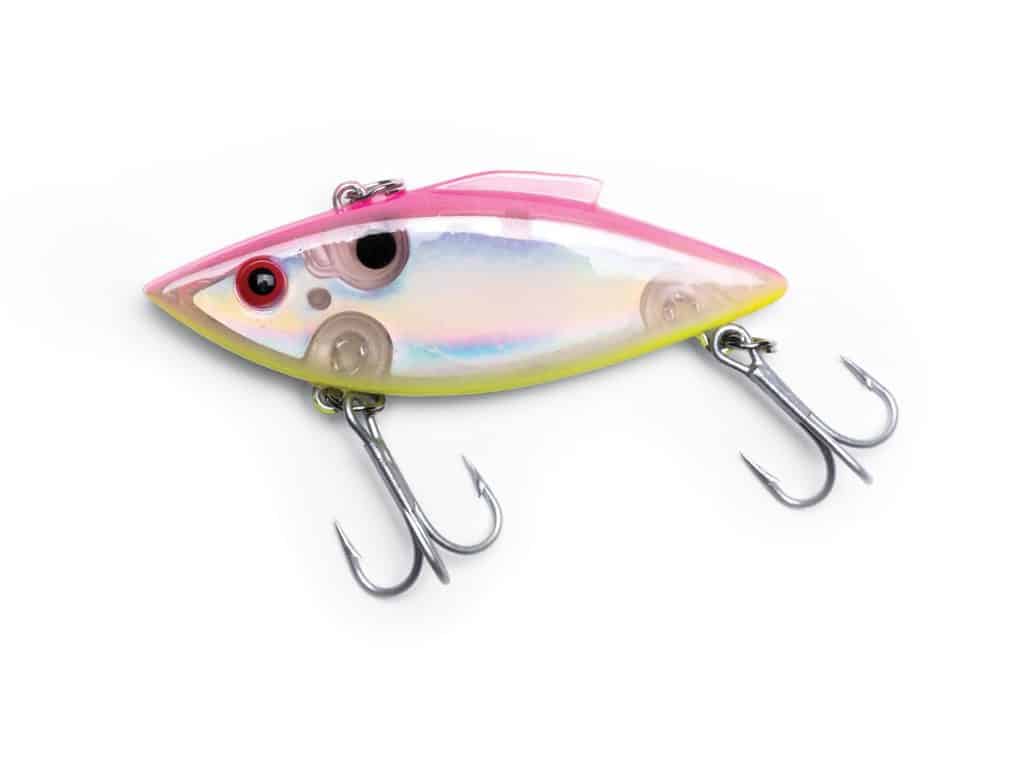
Crankbait
Anywhere big fish eat little fish, the shimmy and shake of this subsurface lure bouncing over obstructions trips the feeding trigger in predators.
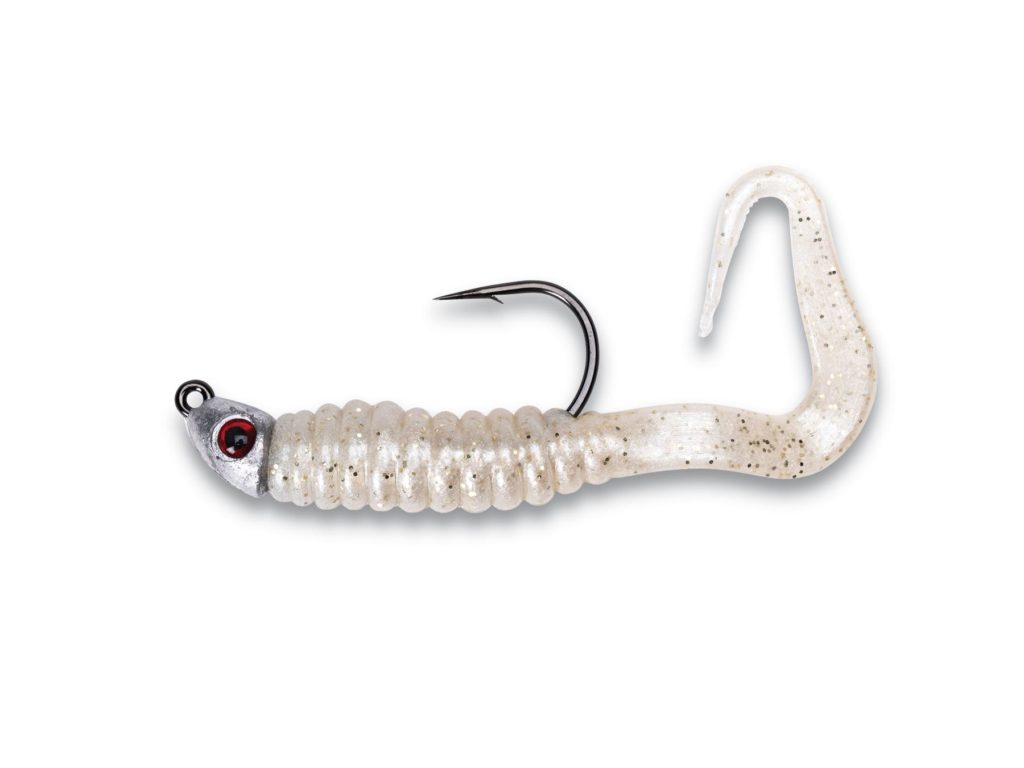
Jig and Tail
Any of an endless array of configurations pinned on a leadhead jig, from a plastic grub to a Berkley Gulp! soft bait—rigged weedless or not—just looks like fish food.

White Bucktail Jig
If you were limited to just one lure for the rest of your fishing life, the white bucktail jig would certainly keep you in the game.

